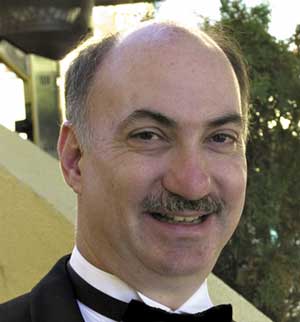
David M. Gaba, MD – New Associate Dean for Immersive and Simulation-Based Learning at Stanford University.
David M. Gaba, MD, Director, Patient Safety Center of Inquiry at VA Palo Alto Health Care System and Professor, Department of Anesthesia, Stanford University, has been named to a new position as the Associate Dean for Immersive and Simulation-Based Learning at Stanford University effective July 1, 2004. In this role, Dr. Gaba will have the responsibility of defining how that institution should use immersive and simulation-based technologies to support clinical, research, and educational missions. This will include coordinating programs at the VA Hospital, and in the Departments of Surgery and Pediatrics. Dr. Gaba is a world-renowned expert on patient safety and simulation. He is a member of the APSF Board of Directors and Executive Committee and serves as the Secretary of the APSF. Dr. Gaba is to be congratulated for his career-long dedication to patient safety and this accomplishment, which represents one of the first simulation deanships in the United States.
Dr. Stoelting is the President of the Anesthesia Patient Safety Foundation, former Chair of the Department of Anesthesia at Indiana University, and the author of numerous classic anesthesia textbooks.
References
- Standards for Basic Anesthetic Monitoring (Approved by House of Delegates on October 21, 1986, and last affirmed on October 15, 2003). American Society of Anesthesiologists Standards, Guidelines and Statements. Available on the web at: http://www.asahq.org/publicationsAndServices/standards/02.pdf#2. Accessed June 16, 2004.
- National Patient Safety Goals. The Joint Commission on Accreditation of Healthcare Organizations. Available on the web at: http://www.jcaho.org/accredited+
organizations/patient+safety/npsg.htm. Accessed June 16, 2004. - James RH. 1000 anaesthetic incidents: experience to date. Anaesthesia 2003;58:856-63.
- Block FE Jr, Nuutinen L, Ballast B. Optimization of alarms: a study on alarm limits, alarm sounds, and false alarms, intended to reduce annoyance. J Clin Monit Comput 1999;15:75-83.


 Issue PDF
Issue PDF